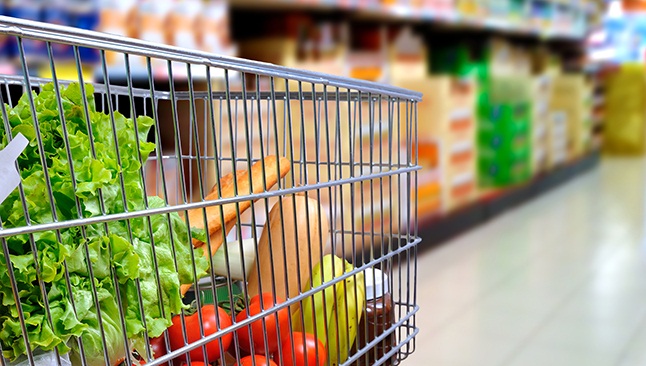
Marketing Week’s 100 most disruptive brands were upstaged quickly this year when Amazon announced it was buying Whole Foods. Now that’s truly disruptive! And, as a result, the longer-term implications are hard to predict.
I may never have heard of the 100 brand names on Marketing Week’s list and a quick glance suggests that few of them will be as disruptive as Amazon. There I was cheerfully reviewing the company’s retail experimentation a couple of weeks ago, little knowing that these were just testing the retail waters before Amazon jumped in the deep end. The deal to acquire Whole Foods for $13.7 billion has already affected grocery retailer share prices and seems likely to have far wider impact in future.
Unfortunately for traditional U.S.-based grocery stores, the news of the Whole Foods acquisition came hard on the heels of two other announcements: first that hard discounter Aldi was set to expand its store count in the US to 2000 and second that arch rival Lidl would be entering the market for the first time. With grocery prices already on the slide the pressure will only mount as Amazon, Aldi and Lidl fight for customers and companies like Walmart, Kroger and Costco fight to keep them.
So what are the implications for brands? If there is going to be a retailer price war then brands sold through those retailers are going to feel the squeeze, that much is obvious. But with Aldi and Lidl focused on delivering good quality products at a good price, and with Amazon already selling its Wickedly Prime and Happy Belly lines, and now Whole Foods’ 365 line, the pressure will only spread. Customers who try the store brands and like them will add them into their repertoire.
Of course not everyone values cheap prices. While big name brands make up a fraction of Aldi’s sales in the UK it lists them because enough people still want Coca-Cola and might be lured to shop elsewhere if they cannot get it along with their other groceries. Well-known and well-liked brands need to play to their strengths and try to ensure that they are on people’s ‘must have’ lists.
This is particularly true when it comes to online sales. To succeed online brands must to get onto people’s shopping list. According to Kantar Worldpanel 55 percent of online shoppers use the same list from one purchase to the next. This behavior almost doubles the repeat purchase rate for many grocery categories. But while big brands may survive the coming retail battle it is tough to see how many smaller brands are going to survive unless they have something truly different to offer.
Written by Nigel Hollis, Executive Vice President and Chief Global Analyst at Kantar Millward Brown.

